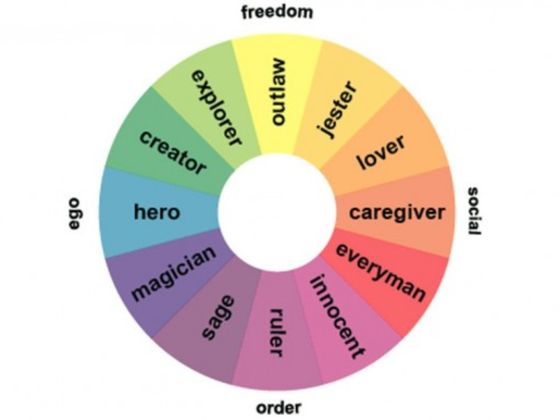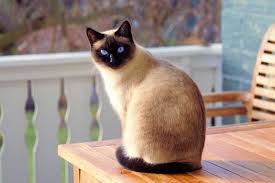I am in the process of reading The Girl Who was Saturday Night by Heather O’Neill. I chose this book because the description illustrated a childhood that was almost the complete opposite of my own. The twins Nicholas and Nouschka Tremblay were famous since the day they were born, because they were the children of the infamous Éitenne Tremblay; A famous Québécois folksinger. The twins only saw their father when performing on talk shows, then he would dump them at their grandfather, Loulou’s house; the twins never knew their mother. Now Nouschka must leave not only this life, but her precious brother as well, because his rash decisions are affecting her life negatively. Soon after she realizes that family is the only thing that will forever be there for her, and the safest place to be is home.

In this post I will be exploring the different archetypes presented in The Girl Who was Saturday Night. Some archetypes and symbols in this book are: The Hero, The Rebel, The Caregiver, The Mentor, The Child, The Creator, and Cats

The Hero: I think ‘The Hero’ is Nouschka. She dropped out of high school with Nicholas when they were 16, but got an honest job at a magazine store. Using the money she earns to help Nicolas pay for child support then picking up his son for him, all while dealing with the mother, Saskia. “”[Saskia] Do you have my money? Jesus Christ.” I gave her every cent that Nicholas and I had… seventy-three dollars…”[Saskia] You guys really are pathetic.” (O’Neill 80). Nouschka also went back to school, and takes night classes. I believe that Nouschka will take the advice given many, and leave the house to try and live a life apart from Nicholas.

The Rebel/Trickster: I think that ‘The Rebel/Trickster’ in this story is Nicholas; taking after his father using lies to sleep with women. “He got Saskia to go out with him by promising that he could get her a record deal through his dad’s contacts” (O’Neill 79, 80). Nicholas of course, didn’t go through with the deal, and the result of this relationship was Pierrot, Nicholas couldn’t afford his child support fees, and eventually lost his visitation rights. Nicholas was also very rebellious, like many other boys his age; he had started a life of crime (not rare during the recession). “Being a criminal was an obvious job option for someone during the recession. It paid about as much as working the cash register at the bakery; but you got to work your own hours” (O’Neill 34). Crime looked to be the best job at the time, you didn’t have to keep regular hours, or stand behind a counter; it was exhilarating, and you could go out whenever wanted.

The Caregiver: Misha is always there for Nouschka, when she has a bad day she would go find Misha for love. “He gave me a bath. . . He said I was filthy and didn’t know how to bathe properly. He scrubbed my hair with shampoo… He wrapped me up in a towel with all of the sharks of North America on it” (O’Neill 31). When Nouschka went to him, Misha would happily take care of her; chastise her for not bathing properly, then washing her hair for her and wrap her in a towel.

The Mentor: I think that Loulou is ‘The Mentor’. He may be decrepit and refuse to wear pants, but he was always there for the twins and would often break up the fights the twins had and chastise them for fighting. “… we were wrestling on the floor, smacking each other on the head. Loulou came in with his hands in the air, yelling at us to knock it off” (O’Neill 122). He was the father figure in their lives, they had no one else, Éitenne only needed them for publicity, and their mother abandoned them to Loulou when they were born.

The Creator: Adam was always creating new songs on the piano; he would play for hours at a time. When Adam was introduced in the story, he was sitting at the piano playing a piece that he had composed called “le minou est un minou et pourquoi pas”. “I saw Adam playing the piano… He composed his own tunes” (O’Neill 6), though he had to use the public piano Adam still found a way to create his own melodies.

Cats: Cats are a symbol used frequently in the text; cats symbolize darkness. I believe that cats are surrounding Nouschka there is always an under laying darkness, even when she is happy, they flock around her like a fur coat. I think this is a reference to her nightlife, being promiscuous young woman. “A white cat with beige spots that I had never seen before top-toes off the bed and down the hallway, like a naked girl heading to the bathroom after she’s had sex in an unfamiliar apartment” (O’Neill 34). How many times had Nouschka done the same thing to be able to refer this action to a cat walking down a hallway?

Works Cited